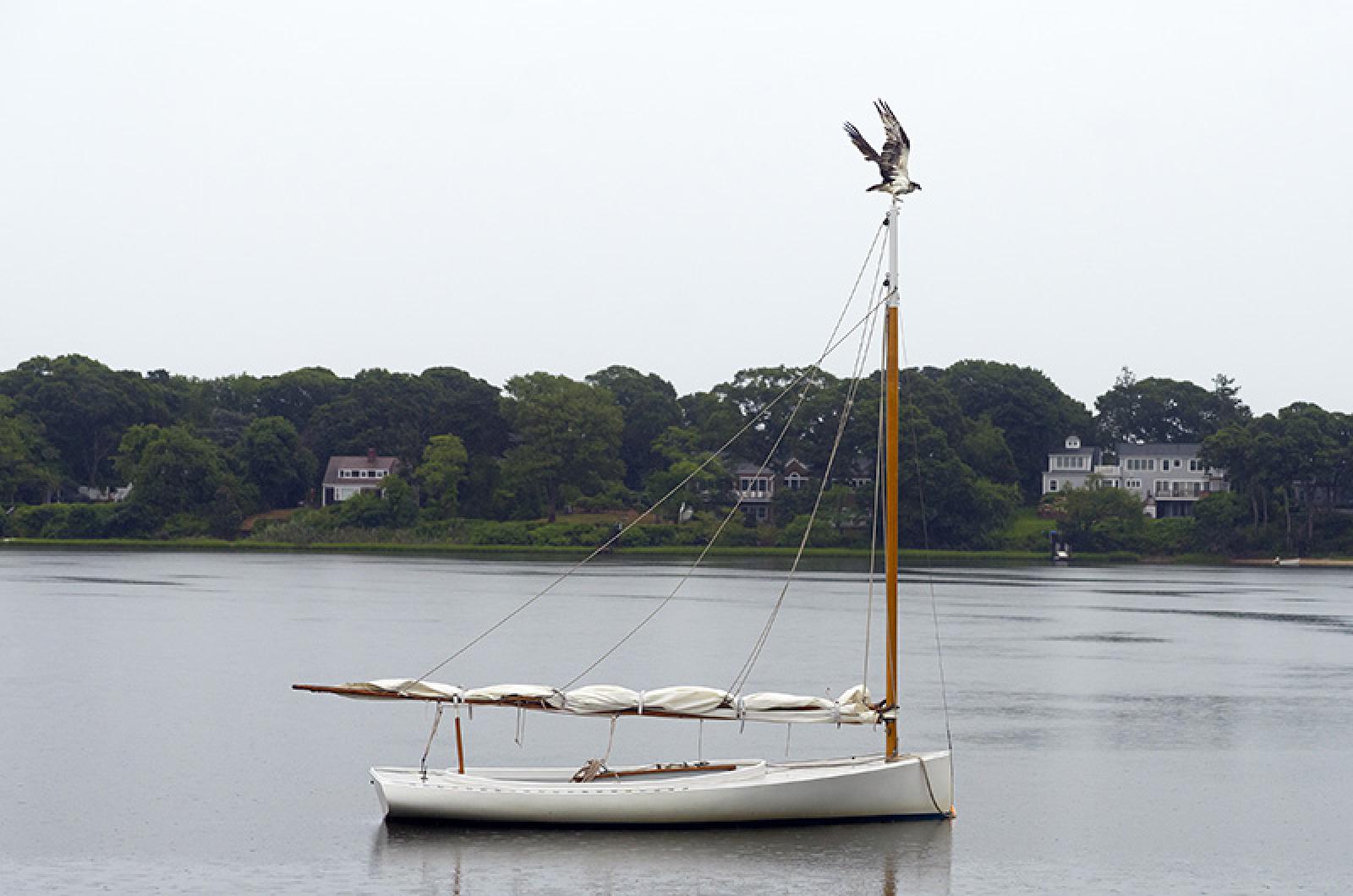A record number of osprey nests were reported this year on Martha’s Vineyard, marking a new milestone for the once-threatened migratory birds.
Felix Neck Wildlife Sanctuary reported 106 active nests this year, according to reports compiled by researchers and citizen scientists. Early estimates show that 167 young were hatched from the nests, the sanctuary said.
Calling the season an “osprey baby boom,” the sanctuary said in a press release that this year had been the Island’s best breeding season in 23 years of osprey census taking. In addition to the nests and the younglings, Felix Neck recorded at least eight pairs of housekeeping osprey on the Island as well. Housekeeping pairs are adult birds that are seeking and beginning to build a nest, but lay no eggs.
All in all, with both paired and unpaired adult osprey and their fledglings, there were a record 395 osprey on the Vineyard this year.
The return of the osprey is heralded every year on the Vineyard as a sign of spring.
The effort to count, monitor and record osprey breeding successes took a large collective effort from 32 citizen scientist volunteers, the sanctuary said. There are currently 255 active and inactive osprey poles and nesting structures throughout the Island. Each volunteer is assigned at least one nest to observe for 10 to 20 minutes two times a week during the nest building process, and once a week when the mother starts incubating.
Osprey are loyal to their nests but not their partners, so often they return but not always, said Liz Dengenis, education coordinator at Felix Neck.
Ms. Dengenis said the males return first, then the females. If the nest is to their liking, they will stay and lay eggs. Usually osprey lay three eggs.
The incubation period is around 38 days. Ms. Dengenis said it’s often challenging to see how many chicks have hatched because the nests, made from sticks and branches atop telephone poles, can grow quite large. The nests sometimes get knocked down during harsh Vineyard winters.
Once the chicks grow large enough, volunteers will count the number of fledglings before they follow their parents south to warmer climes. The southern range for New England osprey runs from Florida to Brazil in the winter months. “They know how to hug the coastline,” Ms. Dengenis said.
Once the osprey find a spot down south, they’ll stay for two years before flying north to nest again. Males are more likely to return close to where they were born, while females will fly farther away.
Collectively, the historic 2020 osprey census took more than 2,000 hours of work by the volunteer monitors to complete, the press release said.
The osprey program at Felix Neck began in the early 1970s under the direction of Gus Ben David when the number of nesting osprey on the Island had dwindled to two pairs. At the time the osprey population was struggling nationally along with other predatory birds due to the effects of DDT on egg production.
The U.S. banned the use of DDT in 1972 and the osprey began to rebound. But on the Vineyard, the population struggled to recover due to the loss of nesting habitats destroyed by coastal home development.
Mr. Ben David began raising old telephone poles throughout the Island in coastal places favorable for ospreys to nest.
Ms. Dengenis underscored the importance of the program, especially this year. “It was really nice and reaffirming to be able to continue this program this year when some of our other citizen science wasn’t able to happen,” she said.
At first, the sanctuary was not going to conduct a 2020 osprey census, but that changed when volunteers stepped up.
“It was amazing the response we got from volunteers who were so keen and eager to go out and maintain the program,” Ms. Dengenis said.









Comments (1)
Comments
Comment policy »